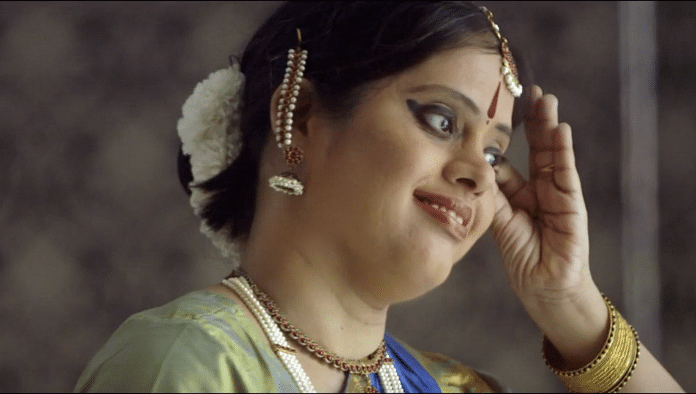There were suggestions like, put her in a centre for the blind or the deaf, or with the mentally challenged – why?” Dr Surekha Ramachandran, chairperson of the Down Syndrome Federation of India and mother to a child born with the genetic disorder, recalls. “I am not blaming them as books in medical colleges state clearly that people with Down Syndrome are mentally retarded, and will not live beyond their teens”, she writes.
Thanks to the efforts of organisations like hers and others, awareness of Down Syndrome in India and around the world is increasing, and the language around it is slowly changing (from mental retardation to cognitive disability), but it is not enough. In 2011, the United Nations declared that 21 March would be observed as World Down Syndrome Day, with the aim of raising public awareness of the condition and actively evolving methods to support those who have the condition, in terms of healthcare, inclusive education, community support systems and overall quality of life. The theme for this year is We Decide, an attempt to empower those with the condition and ensure their participation in decision-making related to all aspects of their life.
What is Down Syndrome?
A genetic condition that occurs when an individual has an extra partial or entire copy of chromosome 21, Down Syndrome affects physical characteristics, mental growth and overall health. A child with Down Syndrome will typically see some degree of slow mental growth, characteristic facial features, problems in vision and hearing and other such issues related to health. However, the problems vary from person to person.
Contrary to popular belief, this condition is fairly common, found in 1 child out of 1000-1100 live births worldwide. In India alone, around 32,000 cases are observed annually. Down Syndrome is not a disease and there is no way to prevent it, but it can be detected during pregnancy via tests and screenings. The condition is named after British Doctor John Langdon Down, the first person to clinically identify the condition in 1886. Like any other medical condition, this one has its associated stigmas and misconceptions. On World Down Syndrome, Day, here are a few myths about it that need to be busted.
Older mothers have kids with Down Syndrome: It is a popular belief that women who conceive after the age of 35 have high chances of giving birth to kids with Down Syndrome. It is true that the risk increases with age of a mother, but a child with Down Syndrome can be born to a mother at any age. According to the Down Syndrome Federation of India, 80 percent of children with Down Syndrome are born to women who are less than 35 years of age.
Kids born with it don’t live long: Earlier, the life expectancy for people with this disorder was 25 years. With the advent of new technologies and advanced medical research, the life expectancy has now reached 60 years.
People with Down syndrome cannot lead a normal life: While it is true that people with this condition have greater health risks, with right medical care and support system, they can lead a perfectly normal life. There are many examples of people who run their own cafe, pottery shops, winning medals in special olympics and teaching. They also have normal relationships and many of them eventually marry and have families too.
People with Down syndrome are happy and affectionate: This is a common myth but has no base. Just like anyone else, those with Down Syndrome have varying moods and emotions.
One can get Down Syndrome later in life: No.it is not a disease but a genetic disorder that occurs during the time of embryo development.Neither is it commincable nor can one get it later in life.
Also read: ‘I Am and I Will’ — World Cancer Day this year is all about commitment to positive thinking






